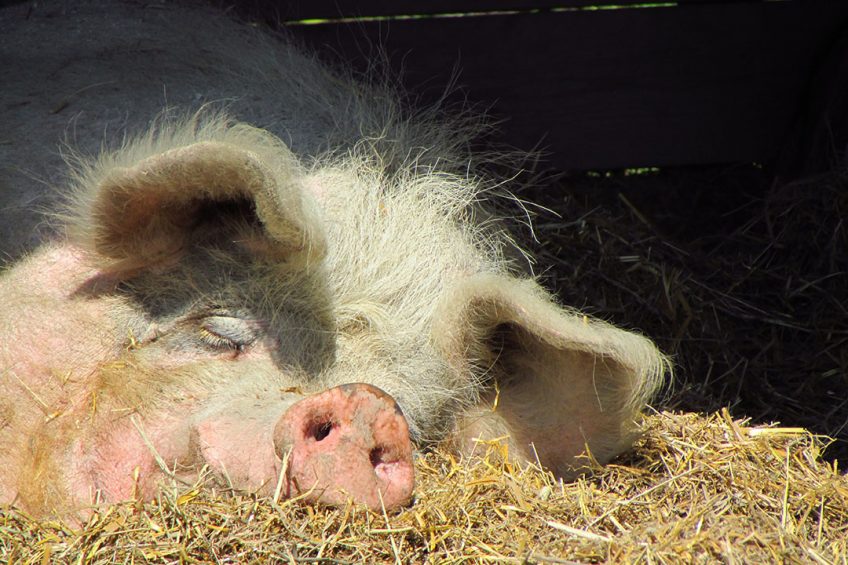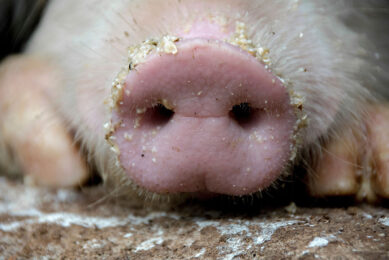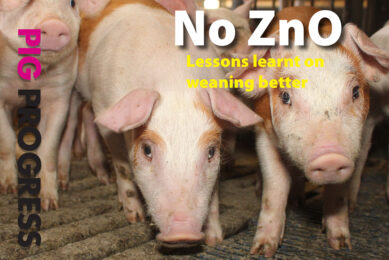Sow removal patterns analysed in Finland

Farm size as well as the production method are related to sow replacement rates on farms in Finland.
That was published in a recent article in the peer-reviewed journal Porcine Health Management by researchers from the University of Helsinki, Finland. In total, 43 farms were included in the research, which was conducted in 2014.
Characterisation of piglet producing farms
The authors wrote that the main objectives of this observational, cross-sectional study were to characterise piglet producing farms in Finland and to investigate how farm profiles are associated with sow culling and mortality.
In the United States, sow mortality has been an issue for some while
The scientists administered a questionnaire survey in-person and the outcomes were supplemented with observations in the housing facilities. They retrieved annual removal figures and average monthly sow inventories from a centralised animal data recording system, administered by the Finnish Food Authority.
Sow removal varied between farms
Sow removal varied markedly between farms with an overall average culling percentage of 38.0% and a relatively high average mortality percentage 9.7%. The researchers wrote that they identified 3 farm clusters, which differed both in their typologies and removal patterns.
- Cluster 1 included farms with features indicative of a semi-intensive or intensive kind of farming, such as larger herd and room sizes, higher stocking density and more sows per caretaker. Most of the cluster 1 farms exceeded the investigated cut-off levels for culling and mortality. Almost 1 in 3 farms in this cluster had the on-farm mortality above 15%.
- Cluster 2 farms were estimated to have the best animal welfare among the sample farms based on a combination of environmental indicators (e.g. amount of bedding, rooting and nesting materials, space allowance, pen cleanliness) and the lowest level of sow mortality as an animal-based indicator. In total, 2 in 5 farms succeeded in keeping mortality below 5% and none exceeded the level of 15%. This cluster also showed the lowest overall mortality percentage compared with the other clusters
- Cluster 3 farms followed a strategy of a rather non-intensified system based on the predominance of smaller herd size, lower stocking density and less sows per caretaker, combined breeding and gestation rooms and rare use of farrowing induction. This cluster showed the lowest culling levels within the sample. Most of the cluster 3 farms had their culling levels under 30%.
Strong diversity between sow farms
This study captured the diversity among Finnish sow farms and provides a baseline assessment of their practices and facilities.
The researchers concluded: “Our results support the notion that farm typologies are associated with sow culling and mortality. In summary, the control of suboptimal sow removal cannot be based on single improvements only, because of other limitations within the individual farm resources.”
The research was authored by Paula Bergman, Camilla Munsterhjelm, Anna-Maija Virtala, Olli Peltoniemi, Anna Valros and Mari Heinonen, University of Helsinki, Finland.
 Beheer
Beheer








 WP Admin
WP Admin  Bewerk bericht
Bewerk bericht